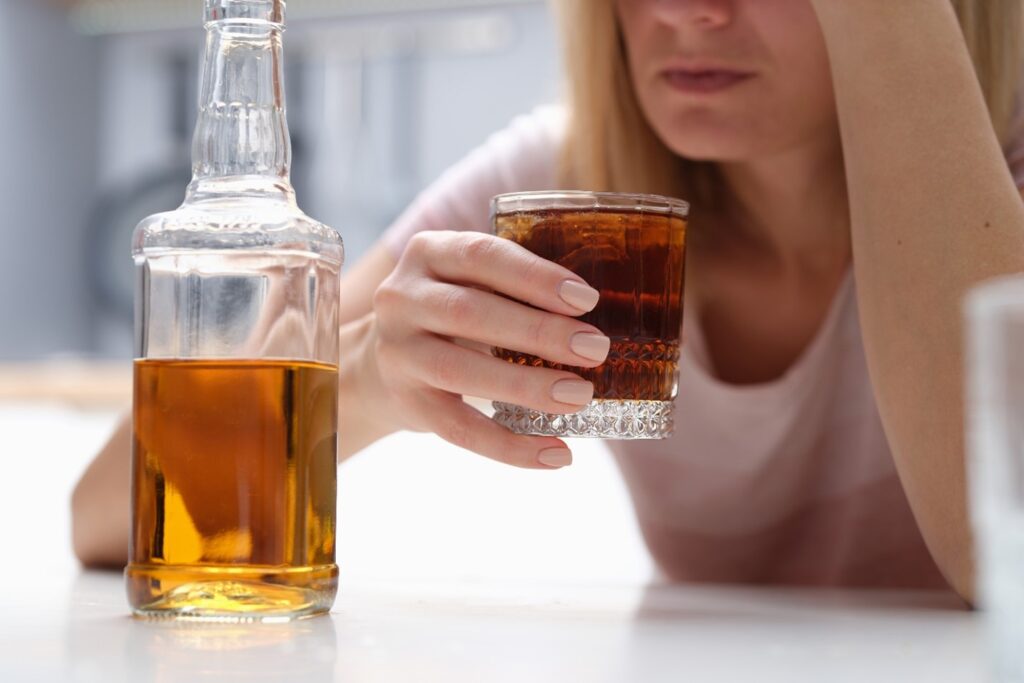
By L.A. Williams
Christian Action League
August 18, 2023
Mention fentanyl, heroin or cocaine in a crowded room and heads start to wag. “What a shame,” “how awful,” “unbelievable, this rampant drug abuse.” Too often the criticisms fall from lips just inches away from an evening cocktail. While opioids dominate the headlines, alcohol kills upwards of 140,000 people each year in the U.S., easily maintaining its number one spot on the list of most dangerous drugs.
A growing number of the people sent to their graves by alcohol are women. According to a study reported July 28 in the journal JAMA Network Open, alcohol-related deaths rose steadily for both men and women between 1999 and 2020. While the rate for men went up 12.5 percent between 2018 and 2020, it jumped almost 15 percent for women during that time frame.
Lead researcher Dr. Ibraheem Karaye, an assistant professor of population health at Hofstra University in New York and his colleagues took a close look at data on more than 600,000 alcohol-related fatalities that occurred between 1999 and 2020. The records included deaths from alcoholic liver disease, alcohol poisoning, acute intoxication, alcoholic cardiomyopathy, and mental and behavioral disorders that can be linked to alcohol consumption.
“While men are still more likely to suffer from alcohol use disorder — one in seven as opposed to one in 11 women — the fairer sex is sadly catching up,” said the Rev. Mark Creech, executive director of the Christian Action League. To make the problem worse, earlier research has shown that women are about half as likely as men to seek help from alcohol recovery services.”
In his book 12 Rules for Life: An Antidote for Chaos, Jordan Peterson talks about how quickly and easily alcohol consumption can become an addiction.
“A hangover is alcohol withdrawal (which quite frequently kills withdrawing alcoholics), and it starts all too soon after drinking ceases. To continue the warm glow, and stave off the unpleasant aftermath, the drinker may just continue to drink, until all the liquor in his house is consumed, the bars are closed and his money is spent. The next day, the drinker wakes up, badly hungover. So far, this is just unfortunate,” Perterson explains.
“The real trouble starts when he discovers that his hangover can be ‘cured’ with a few more drinks the morning after. Such a cure is, of course, temporary. It merely pushes the withdrawal symptoms a bit further into the future. But that might be what is required, in the short term, if the misery is sufficiently acute. So now he has learned to drink to cure his hangover. When the medication causes the disease, a positive feedback loop has been established.”
Karaye’s research showed that the use of alcohol, in addition to alcohol-related deaths, is on the rise among white, Hispanic and Black women. Alcohol-related deaths are higher among women in the South and West than in the Northeast and Midwest, it revealed.
“This study highlights the importance of not losing sight of the risks of alcohol, despite the widespread and deeply-ingrained normalization of its use in our society,” said Linda Richter, senior vice president for prevention research and analysis at the Partnership to End Addiction. “With all the focus on opioids like fentanyl, we’ve taken our eye off the real dangers associated with excessive alcohol use.”
Richter said her organization has seen increases in risky drinking, with rates of increase higher among females than males.
“And due to physiological sex differences in alcohol’s effects, biological females who drink excessively experience alcohol-related harms more quickly and intensely than males — a fact well known to researchers and clinicians, but not widely understood by the general public,” Richter told a reporter with the HealthDay news site.
